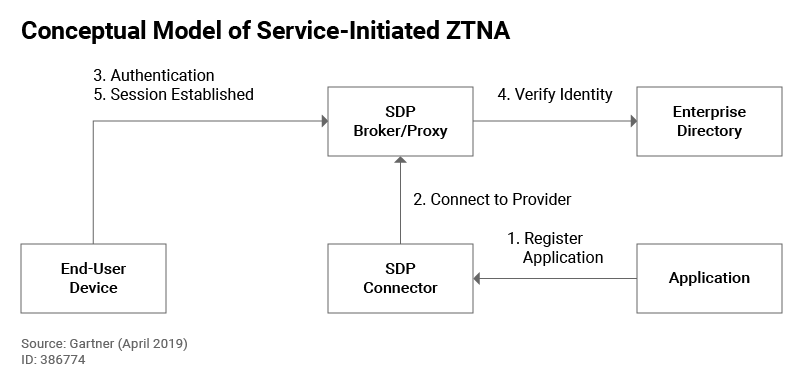Steps To Implement a Zero Trust Model
The rise of zero trust has been driven by the events of 2020, such as the COVID-19 pandemic and mass remote working. This has broken down traditional security models. In a world where remote working is becoming more prevalent, an organization’s network can no longer be a single thing in one location. Instead, it is now a network that is constantly being accessed by multiple users.
Today’s networks are complex and dynamic, which means that a single breach could cripple an entire organization. Not adopting a zero trust architecture with a company like Zscaler could leave you vulnerable to ransomware and other threats. Over the years, there have been multiple instances of ransomware attacks that have affected large organizations. These include hospitals, local governments and major corporations.
Table of Contents
Steps to Implement a Zero Trust Model
The zero trust blueprint provides a framework for addressing the complex network reality. To implement this approach successfully, organizations should first identify the data that’s most valuable to them.
Identify and Segment Data
One of the most challenging aspects of implementing a zero trust architecture is identifying the sensitive data that’s stored on your network. This process involves identifying the various types of data that are most valuable to your organization.
Most organizations that operate in highly regulated settings already know what data is stored on their network. Another approach is to isolate certain systems from the rest of the network.
Humans are often the weakest link in an organization’s network, which makes it important to separate these types of networks from the rest of the network to prevent them from being exploited.
Map Sensitive Data Traffic
After identifying the sensitive data, the next step is to understand how it’s being used and where it’s going. This is important since it will allow you to effectively defend against unauthorized access. Through automated discovery tools, you can easily understand the intent of the data being stored on your network. This step will allow you to establish a clear understanding of which flows are allowed and which ones are not.
Design Network Architecture
After you’ve identified the flows that are allowed and those that are not, it’s time to start implementing a network architecture that will allow you to control the flow of data. This step involves architecting the controls to prevent unauthorized access.

Today, virtualization technologies allow you to easily create networks that are designed to handle the flow of data. These networks can be deployed through software-defined networking platforms, which allow for the deployment of filters. However, the rules governing the allowed and disallowed flows are the most critical aspect of this process.
Through the discovery process, you can easily identify the intent of the data being stored on your network. This step allows you to place boundaries between the various zones and segments of the network. It also helps you determine how much control you want to have over the data.
Monitor Network Traffic
After the policies and micro segments have been deployed, it’s time to monitor the network’s traffic across the infrastructure. This will allow you to identify potential issues and prevent unauthorized access.
One of the most important factors that you need to consider when it comes to monitoring is continuous compliance. This means that you need to continuously monitor the network and its traffic to ensure that it’s operating properly.
Automate Processes
One of the most critical factors that you need to consider when it comes to implementing a network policy is having a central policy engine. This will allow you to manage all of the network’s policies at the same time.
The automation orchestration of your policy engine will allow it to analyze and compare the requests for additional connectivity against the requirements of your business. If the request is in line with what’s considered to be acceptable use, then it should be escalated to zero-touch.
With the help of automation, it’s possible to deploy the necessary updates to the network filters in minutes. Only requests that are outside of the guidelines of acceptable use will need to gain approval.
Through the automation steps outlined in this article, you can reduce the time it takes to implement and enforce zero trust practices from days to hours. This eliminates the need for additional staff members and increases the efficiency of your security infrastructure.


